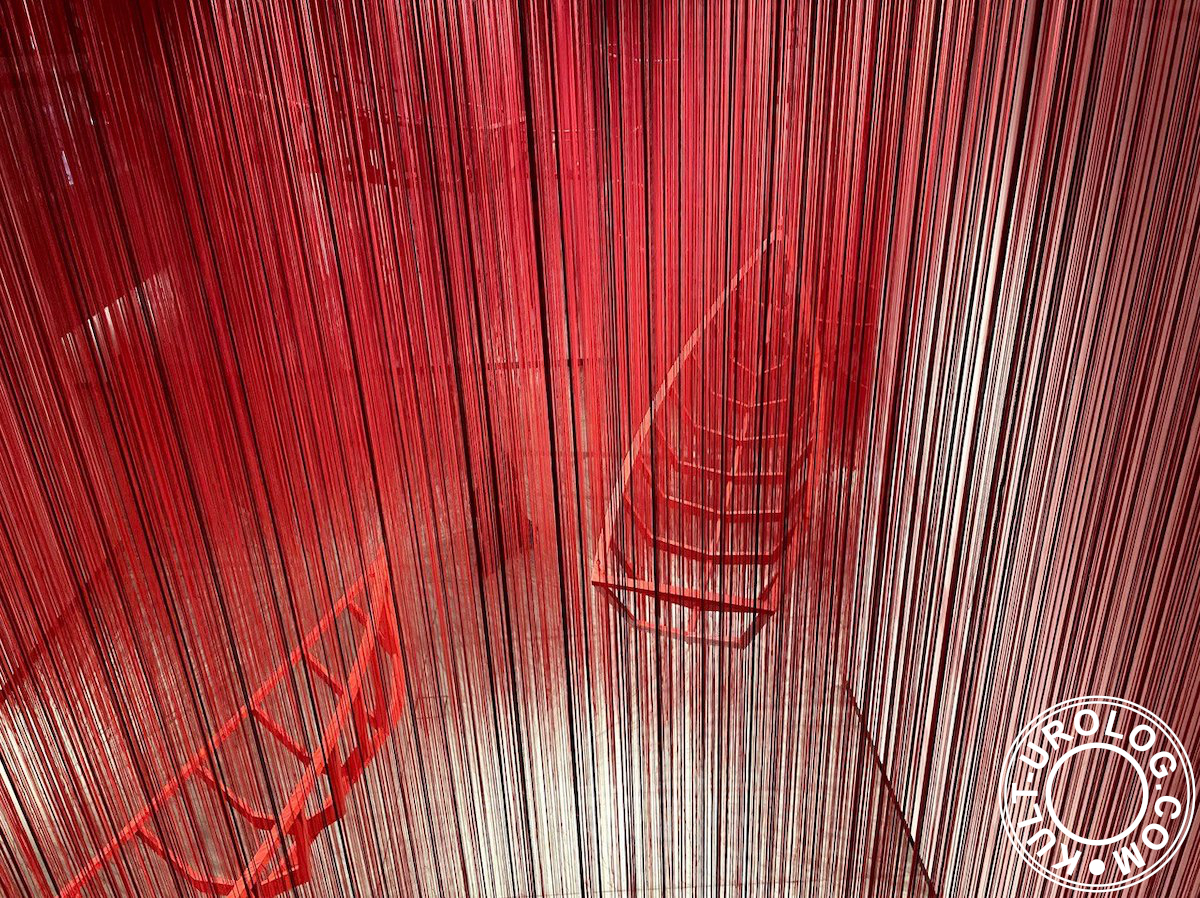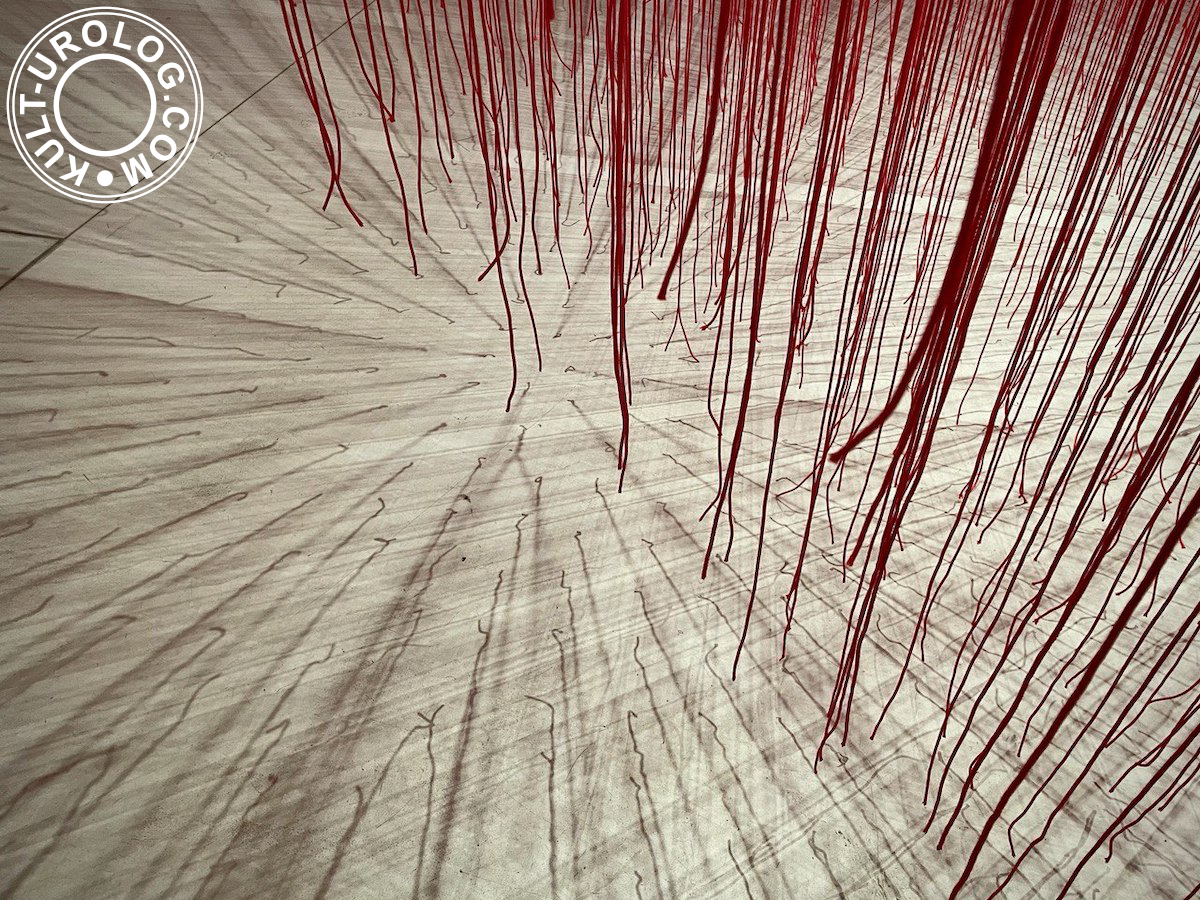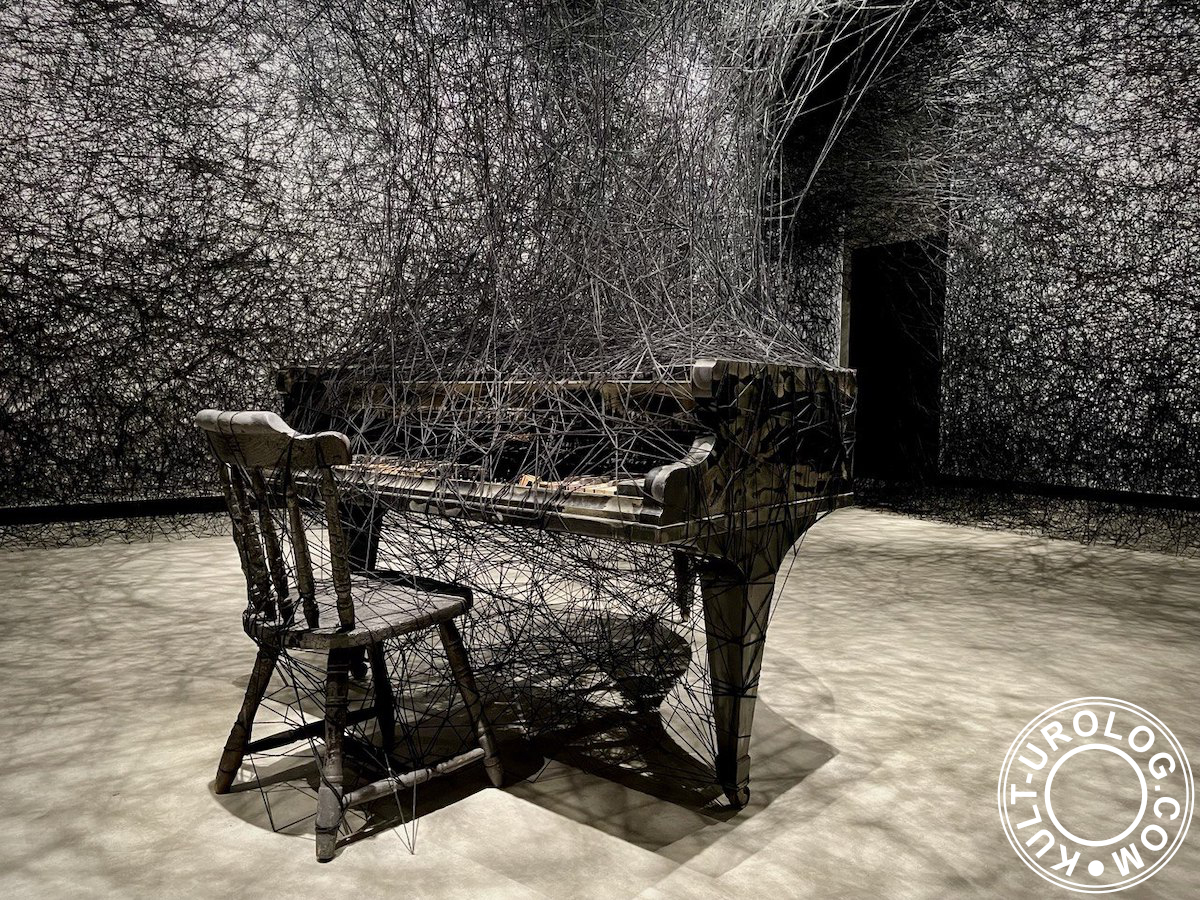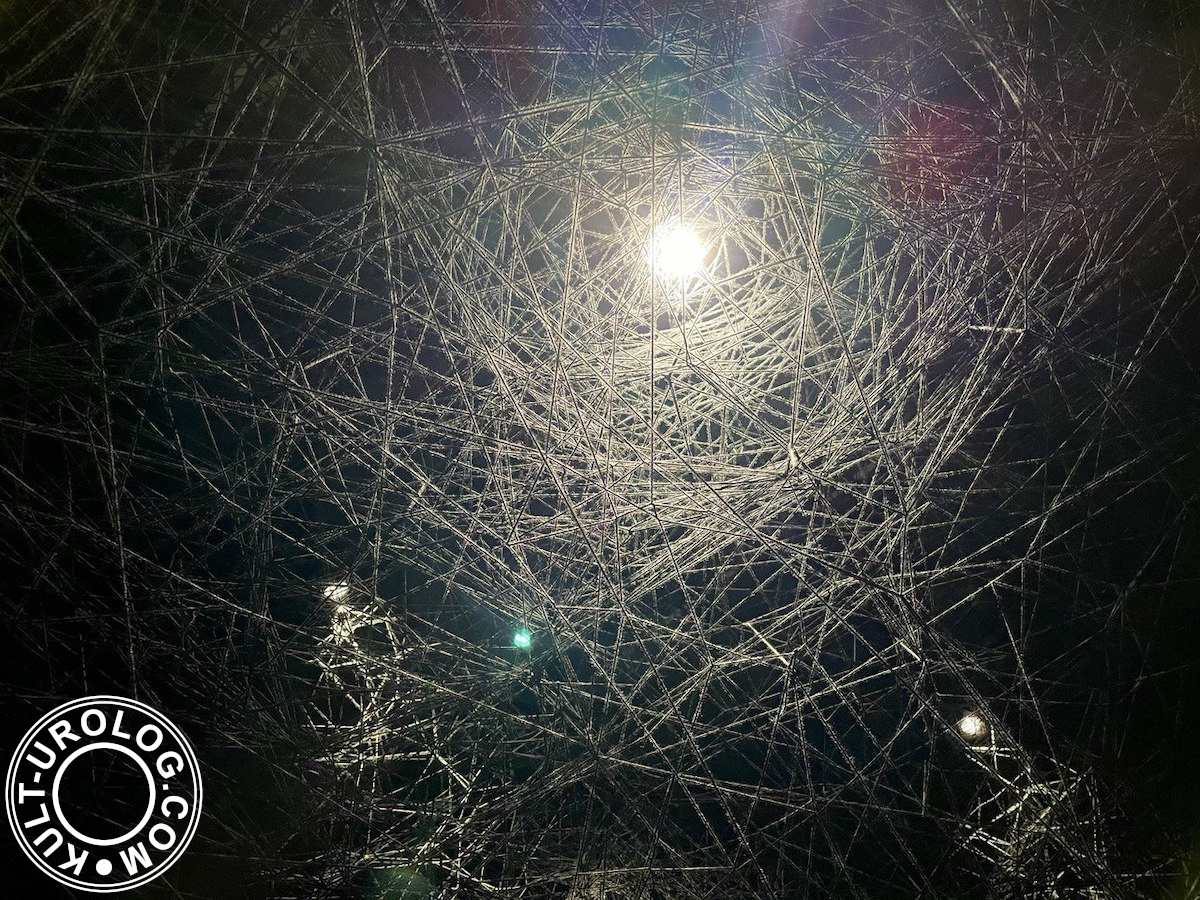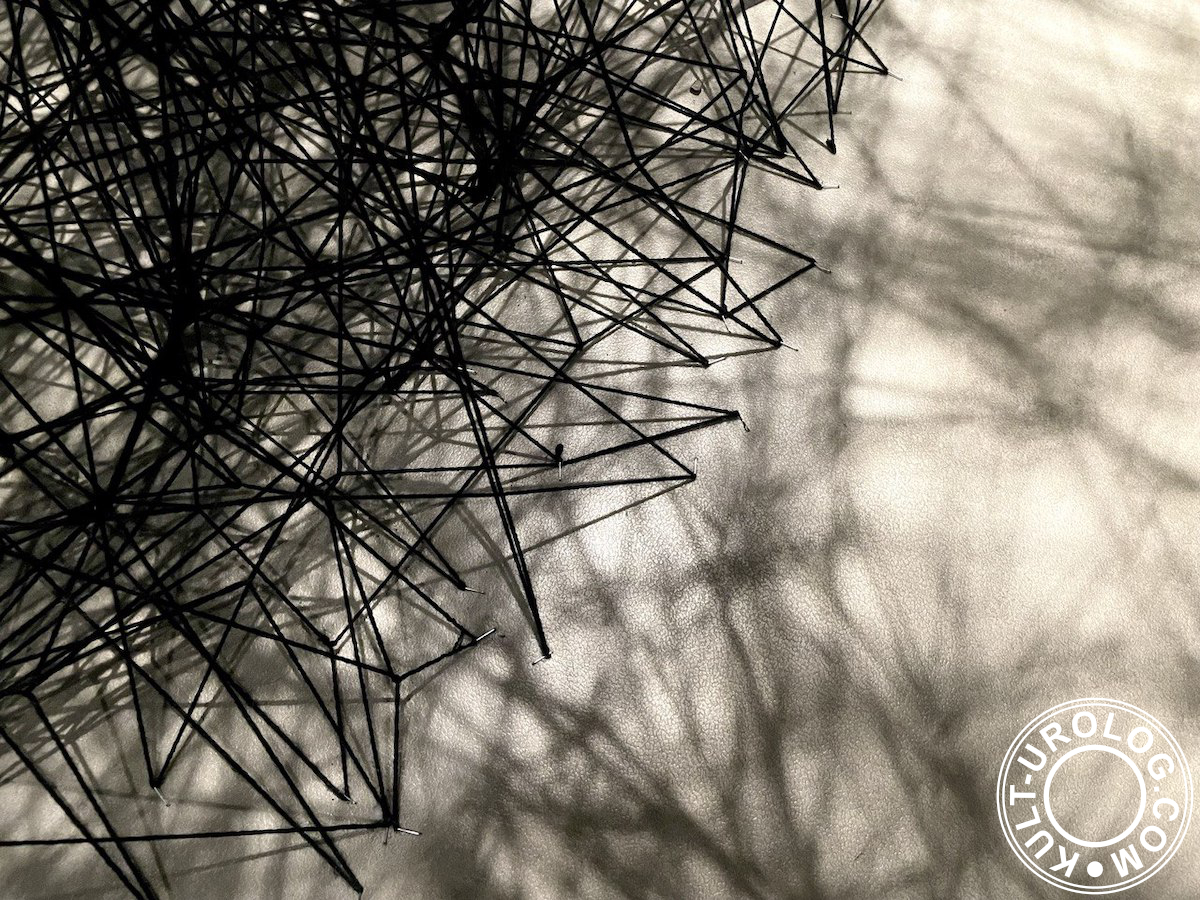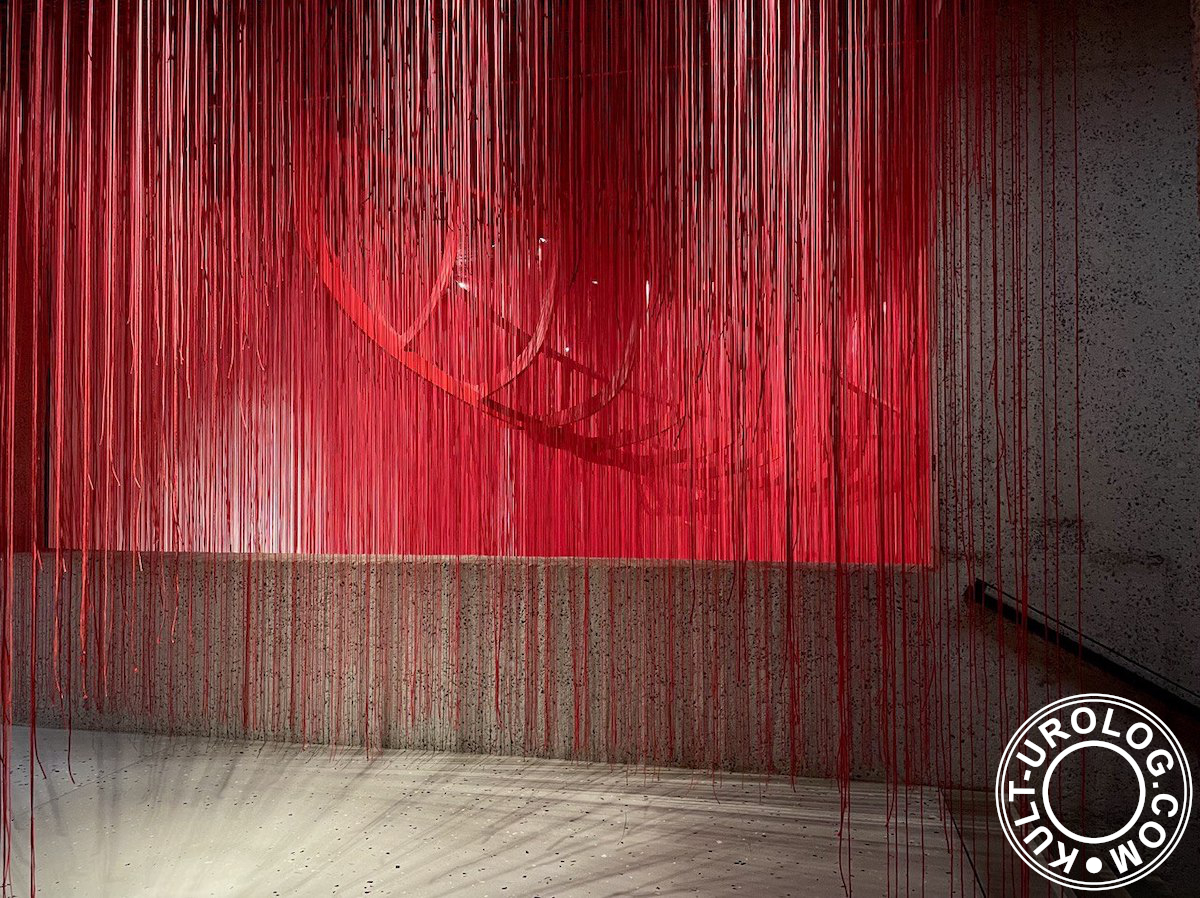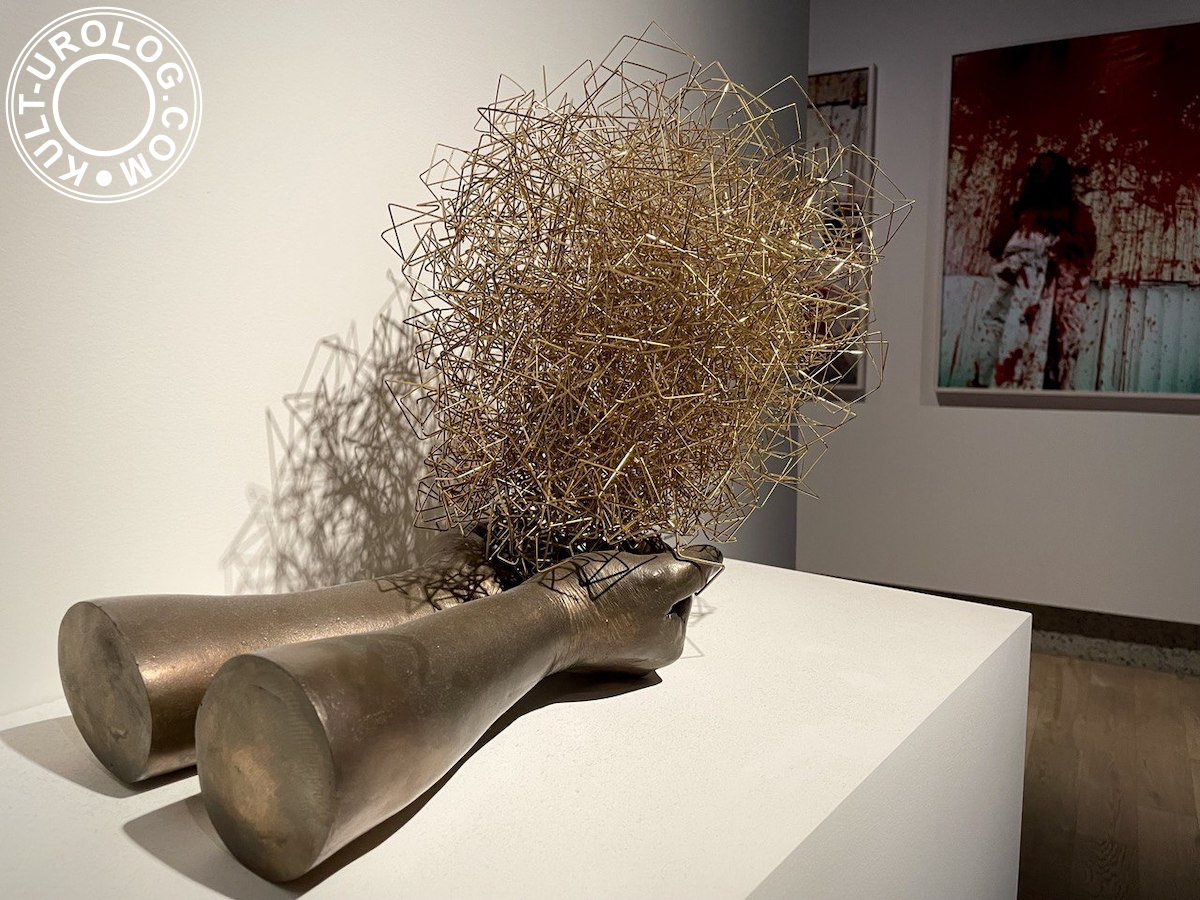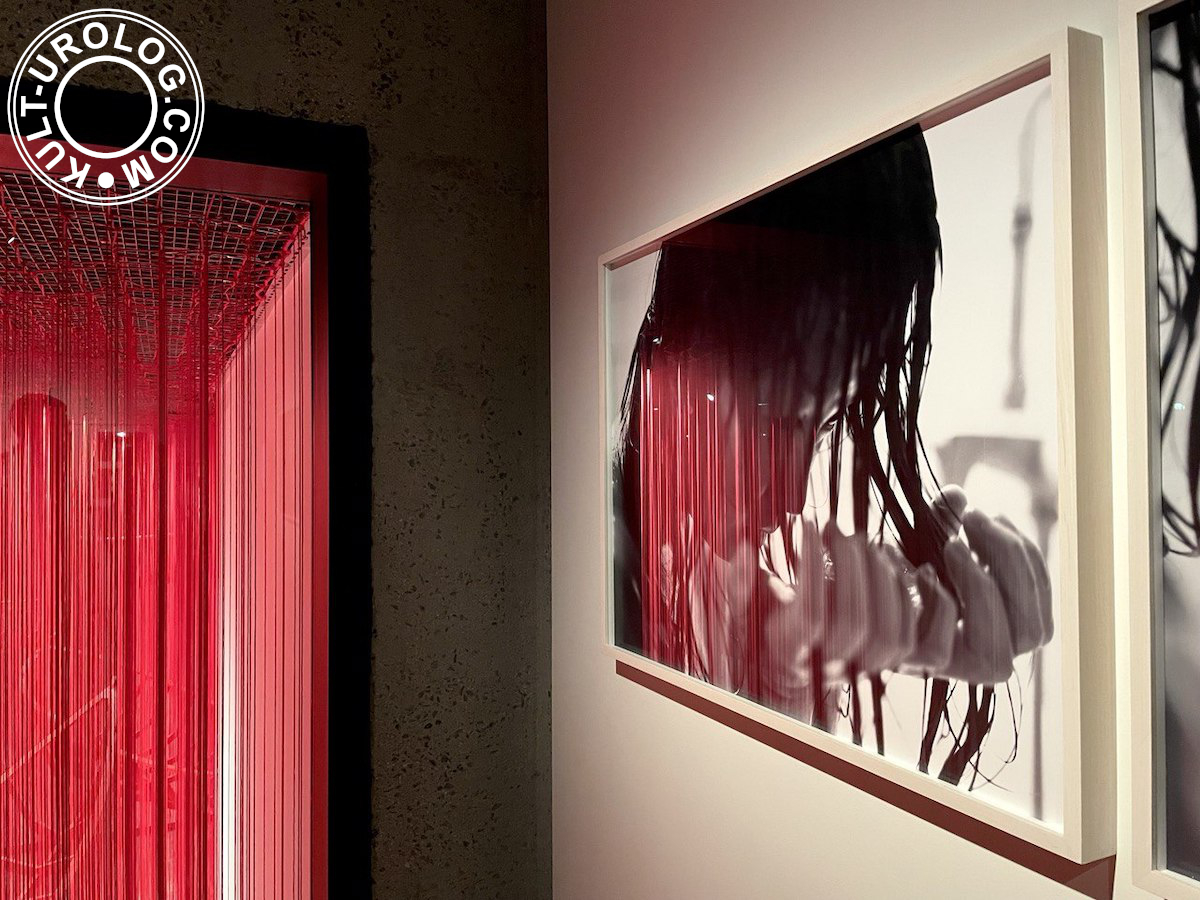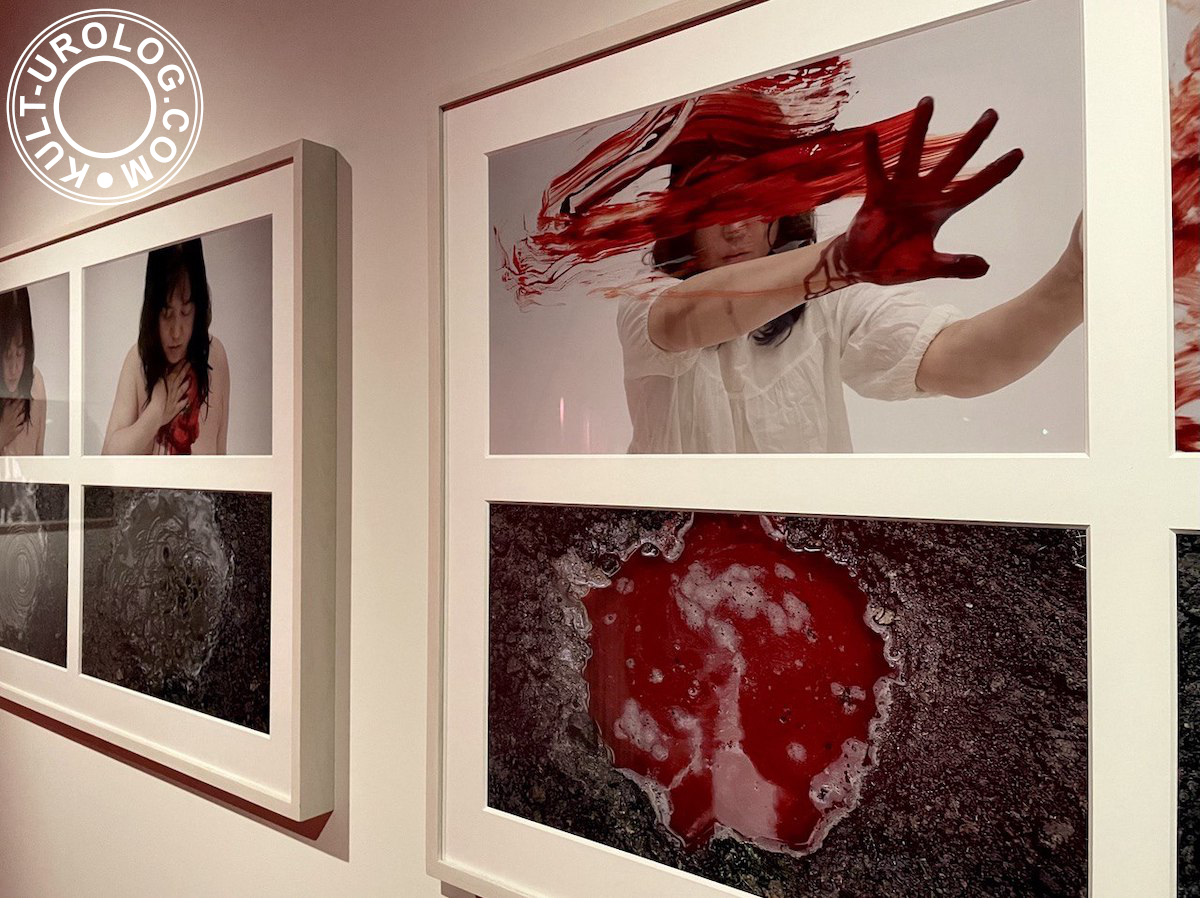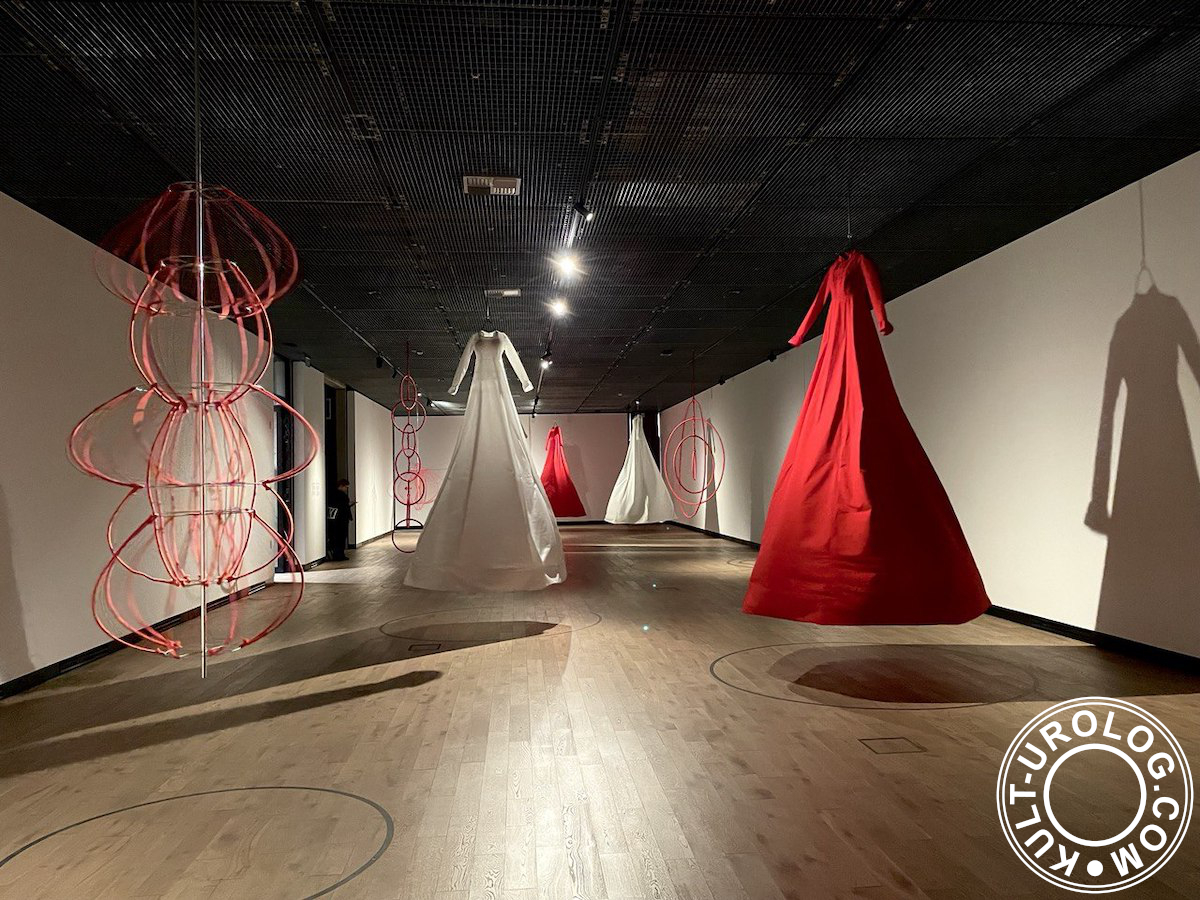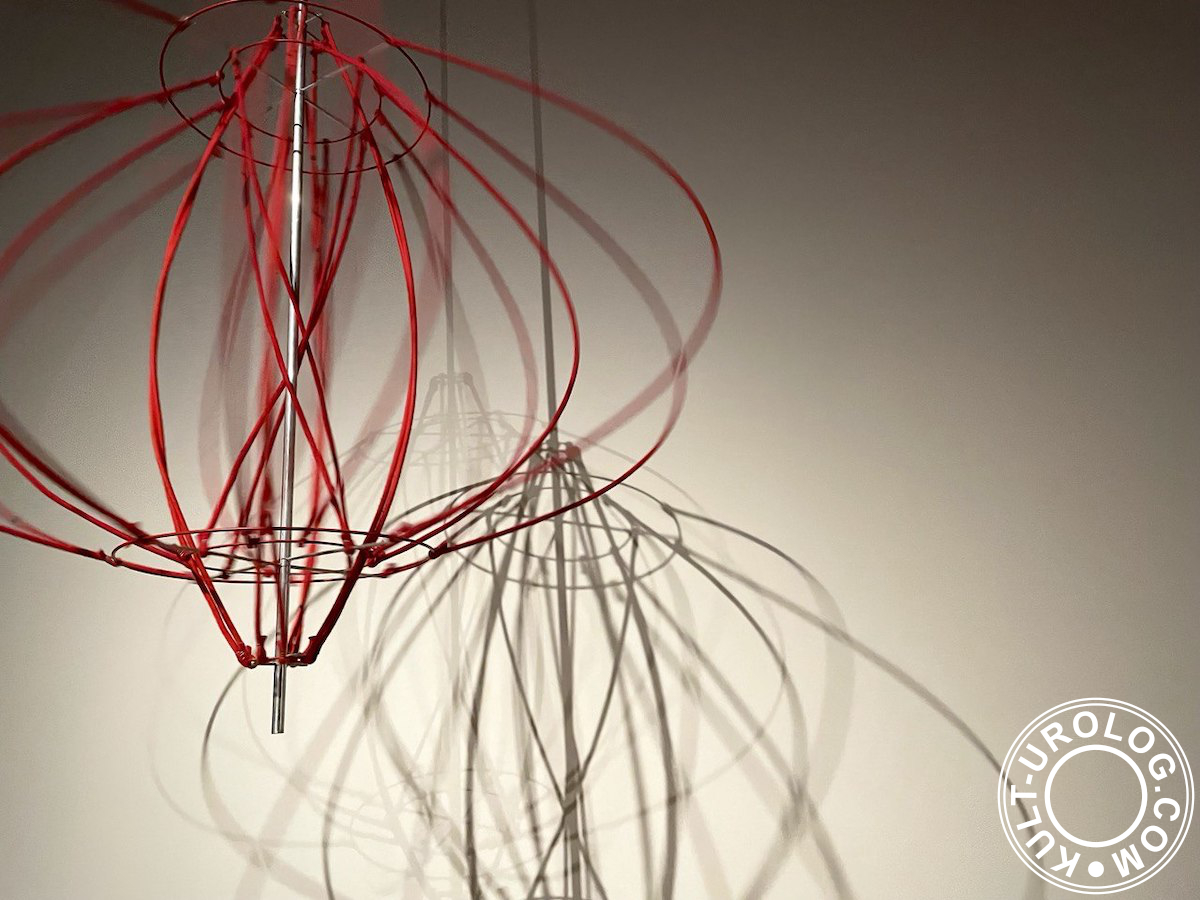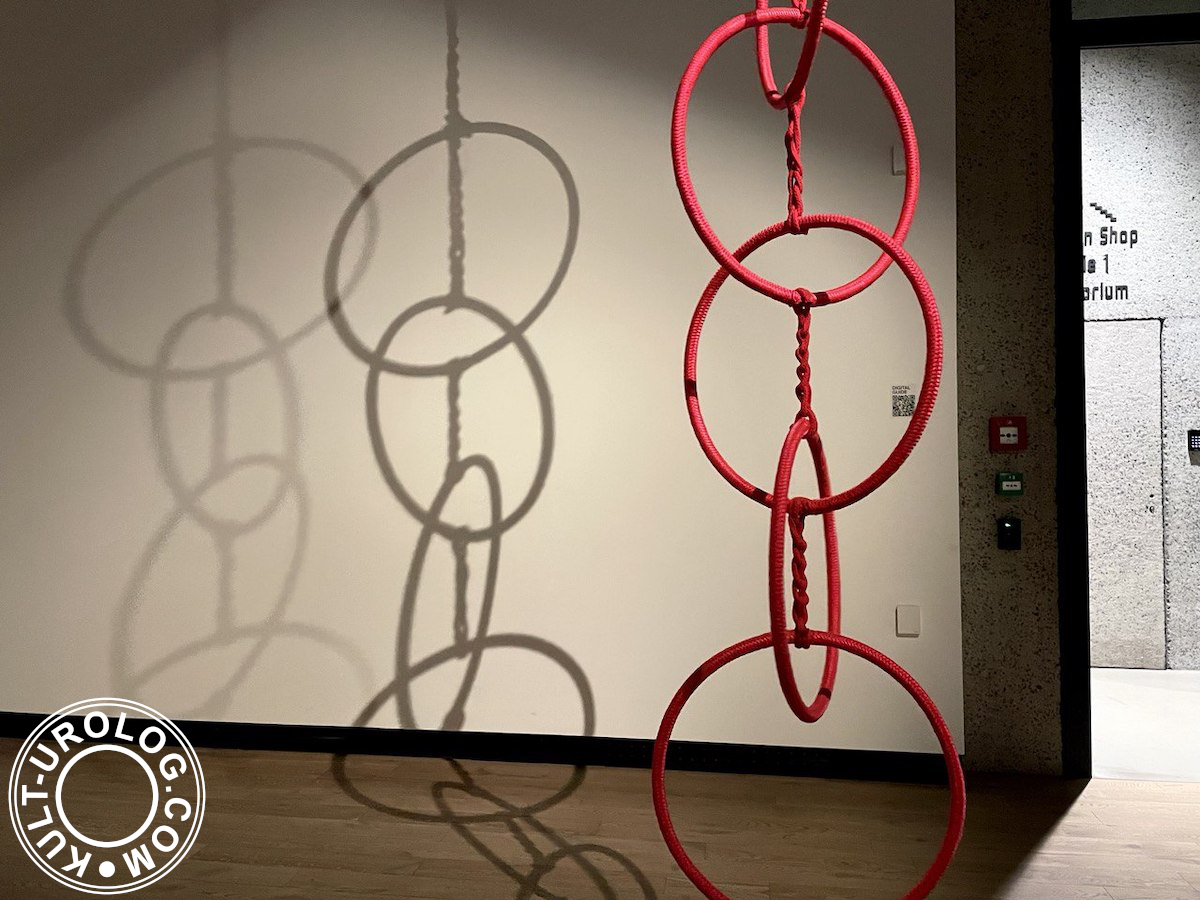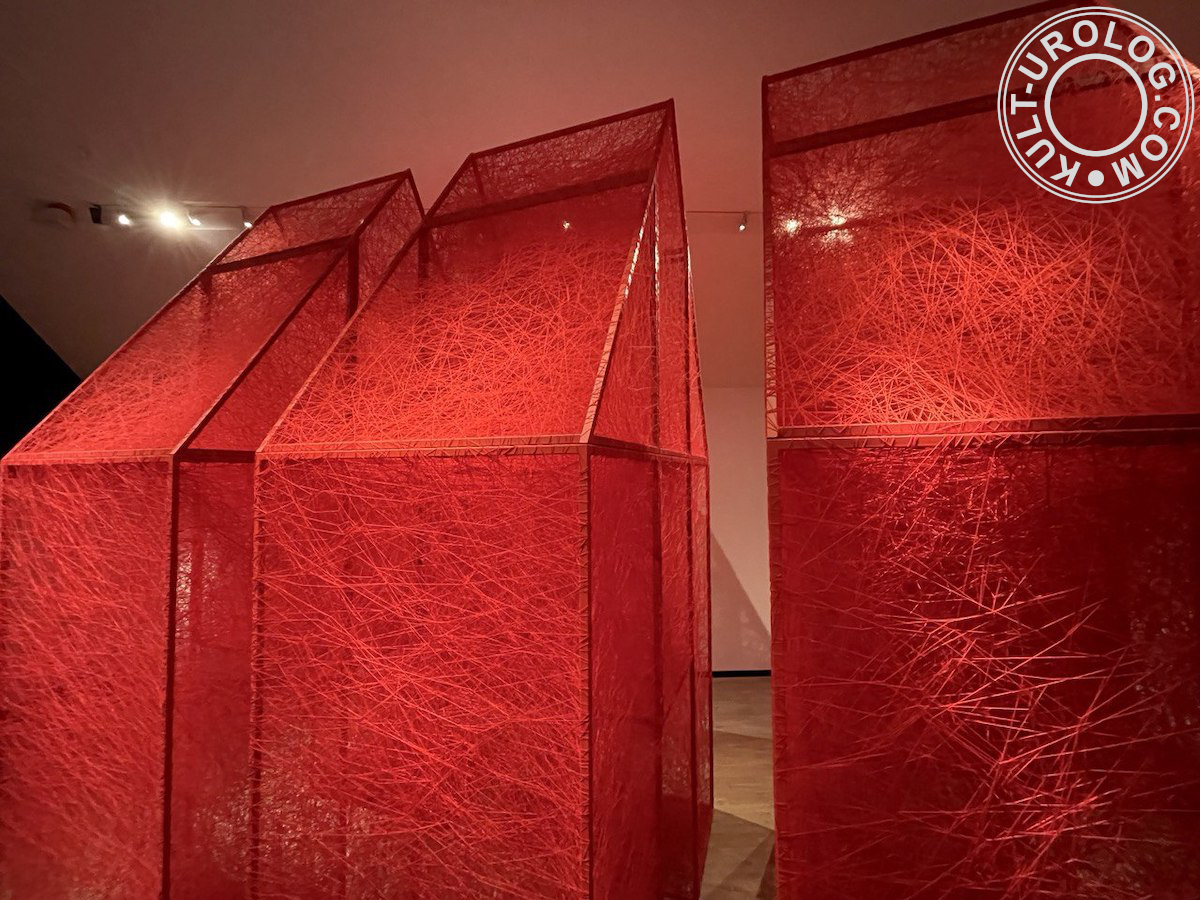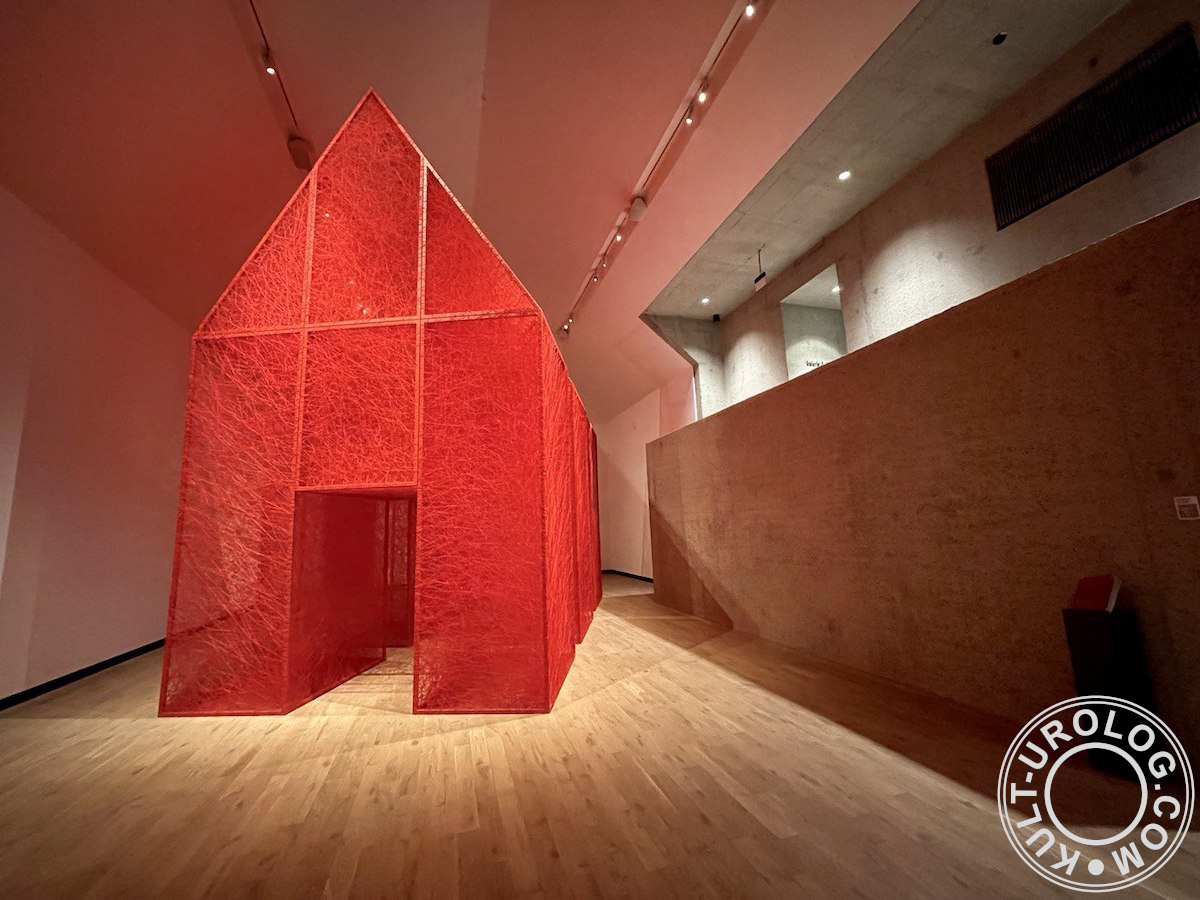I’m not sure I have anything new to say about Chiharu Shiota’s art, because it was done before me and it was done better. It was written a lot and showed a lot (for example, my news feed is so full of red threads all the time, that at first I mistook the event announcement for a simple photo of one of the other exhibitions; I’m not proud of myself, but popular culture is popular culture, even when it is art). And even her first exhibition in Prague (The Unsettled Soul) has long been discussed, and everyone knows what it is. So my text will be short, just to show a couple of photos from Kunsthalle (where it is currently taking place).
The Unsettled Soul is a must-see event. And it’s a noticeable event. And it’s finally something not about Czechia, which is very refreshing.
It’s a nice opportunity to dust off your CDG Play t-shirt, to spray yourself with Hinoki perfume (fortunately, almost every perfume brand now produces something of the same name, which helps all of us to emphasize our individuality), and to take pictures of you and your friends holding the ends of red threads hanging from the ceiling. Threads, that everyone was asked not to touch at the entrance (but it’s hard to hold on, there are no walls, only corridors made of laces, so, yep, some kind of support is needed, when you encounter a metaphysics area).
The exhibition has a pretty simple message: personal history and collective memory, a presence in the absence, the past and the present, the mystery of life and death (plus, well, it is also about Prague, in the way that the Vltava connects the city with, of course, the rest of the world). Including «fundamental existential concerns» and connections between everyone and everything (with the invisible strings, too).
Easy to understand, easy to lose. But it’s okay, that’s how art works.
At least, J-Pop America Fun Time Now! audience, attracted by the Japanese aura, will learn something outside the cartoon world.
The questions that the exhibition poses are also familiar: What does it mean to be human? Where are we going? What is the soul? Exactly the same as the BBC documentary Cunk on Life leaves unanswered.
Threads, ropes, shadows, spinning or fixed weaved objects. Primary colours (they are different for painting, physics and history): white, red and black (and they are so Japanese, right?).
All to help the beholder remember blood vessels (and vessels, i.e. boat hulls, or frames, if you will, which glide across the surface of the water like shuttles on a loom), multiple paths every human life follows, human relationships (which can be intertwined, loose, tense or broken), and territorial bonds (and spider’s webs, and red threads from dot to dot, from photo to photo, on a map on the wall from another movie about an investigation of something, although nothing like that was said about it, of course, because we all have to be very serious about contemporary art).
Four installations (large-scale, using thread and everyday objects), one (small) room introducing the artist’s work as a whole (photos, films, drawings, sculpture (one sculpture) and a chronological table on a wall).
First you «dive» under the boats (as if on the Vltava) with Crossing Paths with Fate, then you take pictures of a not completely burnt piano (Silent Concert), then you dodge spinning dresses of Multiple Realities (weaves can be different, keep it in mind, and don’t forget to think of textiles in the context of the exposition), and, since according to the artist, dress is a second skin, while architecture is the third, at the end you walk through the house, which cannot be entered — The Heart in Your Home (you can walk through it, but you cannot stay in it).
If you manage to take a lot of your own photos, you probably won’t need the exhibition catalogue (unless you’re not a huge fan of DCV publishing house).
It’s hard not to think of Yayoi Kusama and Marina Abramović (there is a lot of fashion in this contemporary art, and some names are sometimes more common than any other names).
And, looking at the staples fixing the threads to the floor, it’s hard not to think of the moment when the exhibition (everything that was woven and connected, all this amount of threads and strings attached) will be dismantled. But everything is temporary, everything passes, and this too will pass (it’s not static, every object has its life, and it doesn’t have to live forever).
Curator — Christelle Havranek. Honorary patronage — Embassy of Japan in the Czech Republic. Making the exhibition happen — all of Kunsthalle collaborators. Main sponsors — Kunsthalle Praha members.
The exhibition was opened on November 28 (that’s why all the works are dated 2024) and will be closed on April 28. Why do I write about it only now? Who knows. But now it’s here.


